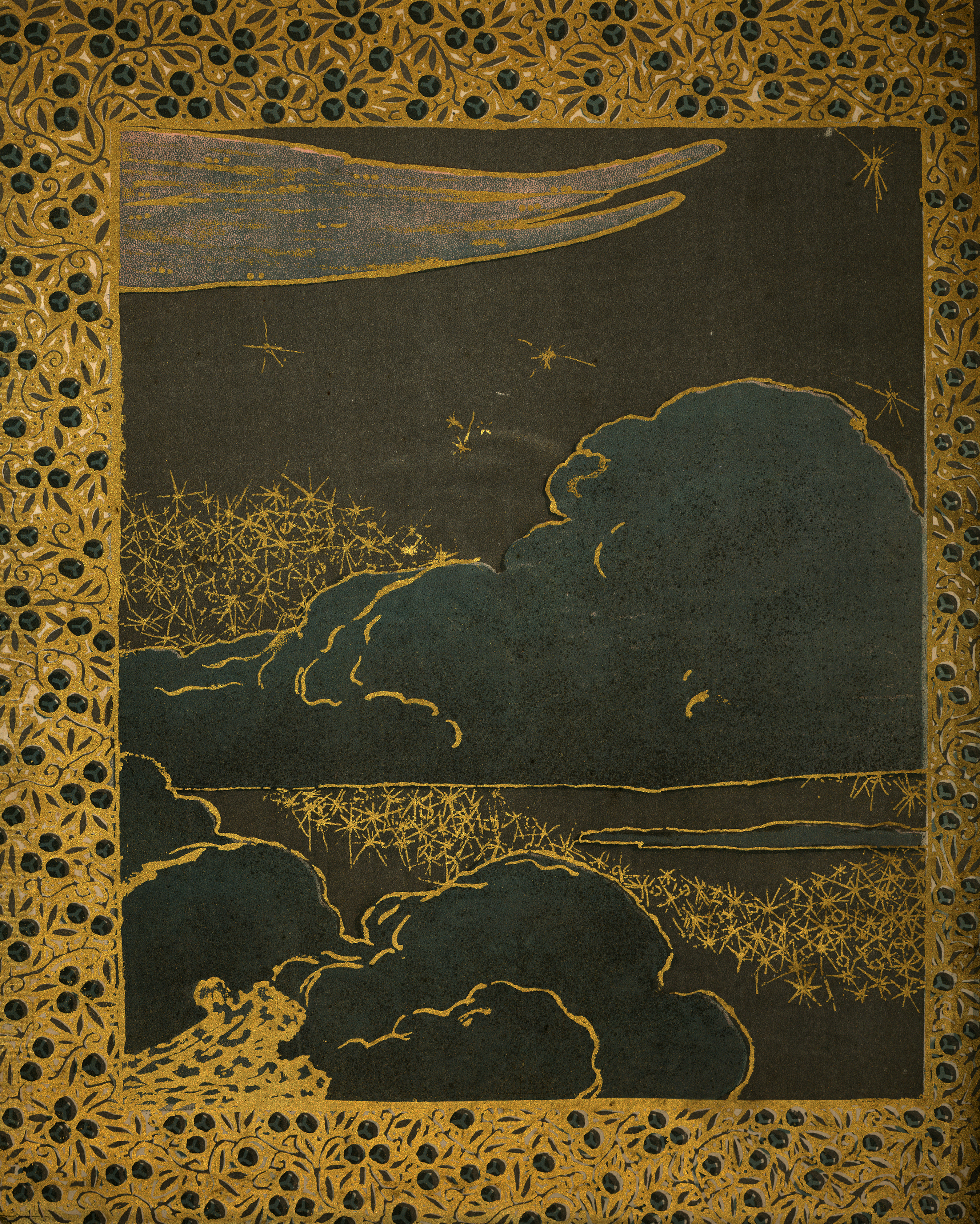This post was written by Tiffany Kajer Wright, research services assistant.
In the third installation of our blog series in conjunction with the Around the World in (Almost) 80 Days exhibit, we’re taking a look at travel in Asia and Europe. At the Special Collections Research Center, our collection of Rare Books and archival materials can take you to the far reaches of the globe, real or imagined. From France and Hungary to Tibet, India, China or Japan, travelers throughout history have collected stories told by others or written about their own journeys. The items below include images, a collection of fairy tales, and primary sources written by travelers or compiled afterward.
Imagine your country building a defensive wall so strong that experts said nothing could get through. Now, imagine depending on it to stop an invasion… but the enemy simply goes around it. The Maginot Line was the primary French defense against Germany during World War II. It was built in the 1930s for the express purpose of stopping a German invasion. The Maginot Line did exactly that – until the Germans figured out that they could simply go around through Belgium. The haunting image shows the forts a few years after the war ended.

France-Maginot Forts, 1948. Christine Drennon European Lantern Slides, Collection C0068, Box 2, Folder 13, Special Collections Research Center, George Mason University.
The Csoda Album is an utterly fascinating work. Each illustration is more beautiful than the last, with gilding and brilliant colors like gemstones spilled across the page. Some of the artwork in this Hungarian book of fairy tales was first printed in the Andersen Kalender. Further, the illustrators, Heinrich Lefler and Joseph Urban, were lauded Austrian artists and designers. In fact, Urban went on to design many exemplary Art Nouveau and Art Deco buildings, such as Mar-a-Lago and the Ziegfeld Theater among others.

Inside cover of Csoda Album. Szini, Gyula, Csoda Album, GR154.5 .S95, Special Collections Research Center, George Mason University.
One of the most contentious figures in history purportedly traveled to China in the 1200s. His writings opened European eyes to the culture of Asia, particularly the areas along the Silk Road. Whether you believe Marco Polo actually visited the Far East or simply wrote what he heard from travelers, his tales of exotic lands and foreign peoples still make for fascinating stories. Centuries later, we’re still talking about his work and the influence it has had on what Europeans believed about Eastern cultures throughout history.

Reproduced map of Eastern Asia from 1300s. Yule, Henry, Polo, Marco, The Book of Ser Marco Polo, G370.P735 1875 v.1, Special Collections Research Center, George Mason University.
Have you ever wondered what it would be like to wander the deserts, mountains, and steppes in Central Asia? You can read about how one French man did exactly that in the 1840s with no GPS or accurate maps – just locals who traveled with him as guides. The regions discussed by Evariste Regis Huc include modern-day China, Mongolia, and Tibet. His Recollections of a Journey through Tartary, Tibet, and China discuss his experiences living in a tent, herding camels, the climates he experiences, and of course, the food.
H.I. Harding traveled through the Himalayas from Srinagar, India to Kashgar, China in the early 1900s. He did this with the aid of guides recommended to him by another traveler in the area. The areas he passed through were – and continue to be – contested territory. Although Harding had a solid streak of romanticism and poetry in his writing, the regional political realities he discusses provide historical context for some of today’s conflicts.

Kashgar cloth cover (according to the author) or Fold-out map at the back. Harding, H.I., Diary of a Jouney from Sringar to Kashgar via Gilgit, DS 485.K2 H27x, Special Collections Research Center, George Mason University.
It is perhaps the most recognizable mountain around the world, due to its unchanging beauty throughout the four seasons. Mount Fuji rises more than 12,000 feet and can easily be seen from Tokyo on clear days. Considered an active volcano, it draws more than 200,000 hikers to its peak every year. For some, viewing the sunrise from the summit is a spiritual practice in accordance with Shinto beliefs. For others, climbing this picturesque peak is simply a breathtaking experience. Images can be found within our Kjell Sandved collection, which includes many other breathtaking images from around the world.
All of these materials are open to patrons. Follow SCRC on Social Media and look out for future posts in our Travel Series on our Facebook, Instagram, and Twitter accounts. To search the collections held at Special Collections Research Center, go to our website and browse the finding aids by subject or title. You may also e-mail us at speccoll@gmu.edu or call 703-993-2220 if you would like to schedule an appointment, request materials, or if you have questions. Appointments are not necessary to request and view collections.

